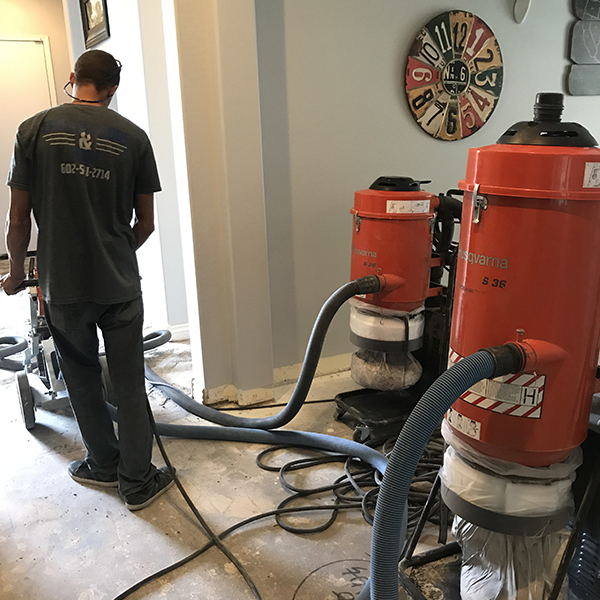
What is Saltillo?
What is Saltillo?
Traditional Saltillo tiles come in a variety of colors and shapes, but the bulk of them are reds, oranges, and yellows. Manganese Saltillo tile is a light and dark brown tile with terracotta undertones. Antique Saltillo tile has a hand-textured surface and rich terracotta color tones. Antique Saltillo tile, with its textured surface, is suitable for spaces that require a non-slip surface. Traditional Saltillo tile is comparable to Spanish Mission Red Saltillo tile, but it lacks the light cream and golden tones.
Saltillo tile flooring comes in a variety of forms and sizes. Tiles are formed by pressing mined clay against a wooden frame (super) or by cutting out the appropriate shape (regular). The color of the raw tile varies depending on where it is placed among other tiles at the time of burning, ranging from yellow to a deep orange.
Bumps, chips, lime pops, color striping, color variations, size differences, thickness variations, concave back, fingerprints, uneven patterns, and smudges are some of the rustic qualities found in handmade Saltillo tile. These rustic features contribute to the attraction of rustic style flooring.
Saltillo tile is extremely porous and rapidly absorbs fluids. Unlike typical ceramic tile, there is no glaze on the tile’s top surface. It is difficult to install because it collects water from thin-set cement, grout, grease pencils, and other materials. If not properly sealed and maintained with a quality sealer, it stains and scuffs readily. Saltillo is generally not a good choice for exterior installation in freeze-thaw temperatures, although it is popular in warmer climes. The tiles should be handled gently during installation to avoid stains caused by body oils on the installer’s hands. To avoid staining, use pre-sealed Saltillo tile over raw clay tile. Installing pre-sealed tiles is a simpler and less expensive technique for the whole project.
Preferred installation methods are generally related to its proclivity for soaking in fluids. Soaking the tile in water, setting it with thin-set mortar, grouting, then sealing both the Saltillo and the grout with a quality surface sealer is one way. Using this procedure, however, may cause the grout to attach to the surface of the saltillo tile, making removal difficult. Do-it-yourselfers should avoid using this strategy.
A penetrating sealer helps keep the tile’s natural appearance. You should test the seal on a regular basis by sprinkling a few drops of water on the tile in various locations. If the water absorbs, a second coat of sealant should be applied.

